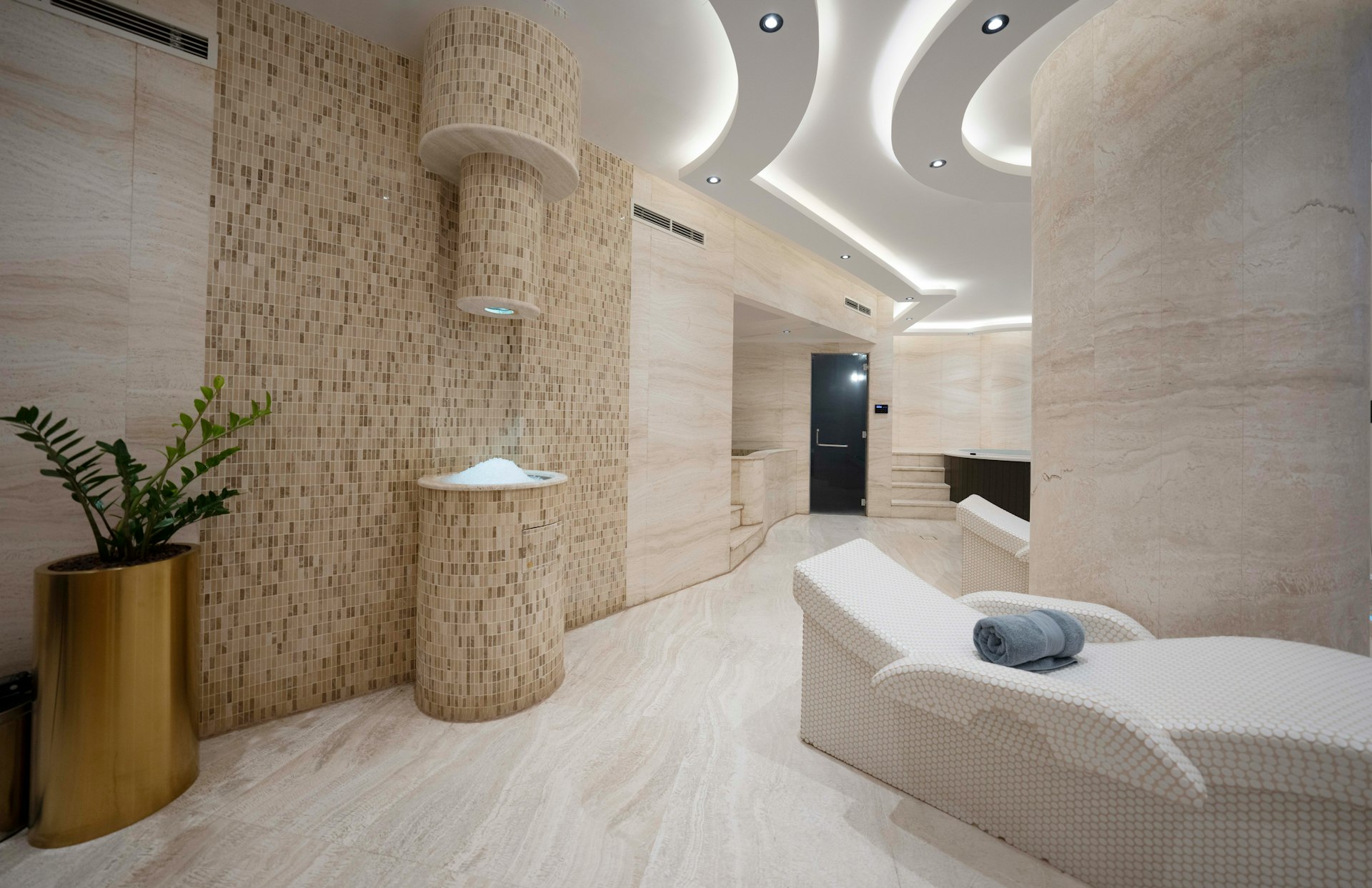Case Study: How a Wellness Center Went Digital
In the heart of Metro Manila, a spa owner sits behind her reception desk, toggling between a social media messenger, a group chat, and a handwritten appointment log. Her business has grown from a single boutique to six branches across the region. But with growth has come fragmentation. Bookings are missed. Inventory runs out without warning. Staff schedules overlap. And clients—once loyal—drift away, frustrated by inconsistent service.
This is not an isolated story. It’s a familiar reality for many spa businesses in the Philippines that have expanded without a unified operational system. This case study explores the pain points, patterns, and transformation potential of such businesses—through the lens of the spa owner herself.

Fragmented Booking & Client Engagement
Challenge: Bookings are handled manually through social media comments, DMs, or chat apps. There's no centralized calendar, no automated reminders, and no client history tracking.
Impact: Missed appointments, double bookings, and lost opportunities for loyalty or upselling.

Disconnected Inventory & Staff Coordination
Challenge: Inventory is tracked manually per branch, often through paper logs or photos. Staff schedules are coordinated via group chats, with no analytics or shift planning tools.
Impact: Stockouts, overstaffing or understaffing, and inconsistent service delivery across locations.

Inconsistent Promotions & Content Management
Challenge: Each branch posts its own promos or announcements, often without coordination. There's no CMS or centralized platform to manage seasonal campaigns, news, or service updates.
Impact: Confused clients, uneven branding, and missed marketing opportunities.
Wellness Center Challenges
A Deep Dive into the Operational Realities of Multi-Branch Spa Businesses in the Philippines.
The Social Media Dependency Trap
Social media platforms have become the default operating system for many wellness businesses. They’re used for marketing, client communication, and even booking. But as branches multiply, the cracks begin to show. Manual records exist, but no system for quick loyalty verification.
Daily Workflow Snapshot:
- Client books via social media message → Receptionist screenshots the request
- Staff confirms via instant messaging app → Manager manually updates a paper log.
- Inventory runs low → Staff sends a photo of empty shelves to the owner.
- Client asks for a loyalty discount → Manual records exist, but no system for quick loyalty verification.
- Promo posted on social media → Promo displaced by newer social media post.
“We’re growing, but we’re blind,” says a spa owner managing five locations. “I can’t see what’s happening in real time. I just react.”

Operational Breakdown
Without a unified system, spa owners face a cascade of inefficiencies. These aren’t just technical gaps—they’re business risks.
Booking & Scheduling
- Manual coordination across platforms
- Double bookings and missed appointments
- No automated reminders or rebooking logic
Inventory Management
- Branch-level tracking only
- No forecasting or usage analytics
- Emergency restocks that disrupt service flow
Staff Coordination
- Chat-based scheduling with no shift analytics
- Inconsistent coverage during peak hours
- No performance tracking or service feedback loop
Client Engagement
- No centralized database
- No loyalty program or personalized offers
- Limited ability to follow up or re-engage past clients
Promotions & Content
- Inconsistent posting across branches
- No centralized control over announcements
- Missed opportunities for seasonal campaigns
Reporting & Growth Planning
- Excel-based reports compiled manually
- No cross-branch benchmarking
- No visibility into service uptake trends

The Modular Intelligence Model
To move from reactive to proactive, spa businesses need a system that adapts to their workflows while introducing structure, visibility, and scalability. A modular framework allows each operational area to be addressed independently, while feeding into a unified dashboard.
Core Modules & Their Functions:
Booking System:
Real-time scheduling across branches, automated reminders, client self-booking options.
Inventory Tracker
The Centralized stock visibility, usage analytics, reorder alerts.
Staff Scheduler
Shift planning, coverage optimization, performance tracking

HR Management
Employee records, attendance, leave tracking, multi-branch coordination
Client CRM
Visit history, loyalty tiers, personalized offers, re-engagement campaigns
Website + Chatbot
Centralized booking, FAQs, live chat, and service info across all branches
CMS for News & Events
Unified content posting, seasonal campaigns, branch-specific announcements
Reporting Engine
Branch comparison, service uptake trends, revenue breakdowns
Spa Owner Benefits – Tangible and Strategic
The shift to modular intelligence isn’t just about technology—it’s about reclaiming control and unlocking growth.
Immediate Gains:
- Fewer missed bookings
- Faster inventory decisions
- Clearer staff coordination
- Better client retention
- Streamlined HR oversight
Strategic Advantages:
- Scalable growth without chaos
- Data-driven decisions for promotions and expansion
- Cross-branch consistency in service quality
- Centralized content and campaign management
- Professional presentation that builds client trust
“I used to spend my nights answering messages and fixing schedules. Now I can focus on growing the business,” says spa owner after implementing a modular system.
